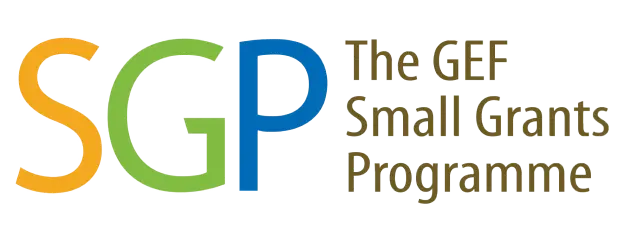Weaving for Life is a movement that is the brainchild of many people, involving partners who are members of Terasmitra. Almost all regions in Indonesia or around 29 provinces have weaving as a traditional fabric
This joint movement was carried out by Lawe Indonesia through several stages. The first stage of Weaving for Life took place in Molo, South Central Timor. Then the movement continued in Sejati Desa Hamlet, Yogyakarta and Biboki, North Central Timor. In 2019, Weaving for Life conducted training in Wakatobi, Nusa Penida and Semau. In subsequent stages, the program will strengthen existing weaving activities such as those carried out by weaving craftsmen in Bayan, North Lombok and Palu, Central Sulawesi. The aim is to support the sustainability of community life through collaboration with partners from Terasmitra with support from GEF SGP (Global Environment Facility- Small Grant Program) Indonesia.
The idea for this movement was inspired by the story of the Tiga Batu Tungku people, namely the Molo, Amanatun and Amanuban tribes, in South Central Timor Regency, NTT who used weaving as a tool to ward off marble mining entrepreneurs from their territory, like the story of Indonesian warriors who expelled the Dutch by sharpened bamboo.
Chairman of the Indonesian Lawe Association, Adinindyah, said that this is where weaving metamorphosed from cloth covering the body to become a means of increasing the income of the craftsmen. Furthermore, weaving becomes a medium for voicing the interests of those who live from weaving. Weaving for Life's activities focus on training, increasing the ability of craftsmen to improve the quality of woven fabrics, and developing derivative products.
GEF SGP Indonesia Coordinator Catharina Dwihastarini sees that weaving not only increases income, but improves the bargaining position of the craftsmen, most of whom are women. Weaving is also a creative medium that can provide advocacy for weaving craftsmen and the surrounding community. The Weaving for Life movement adds value to weaving itself. Dwihastarini explained that previously weaving was considered a fabric that could only be accessed by certain people because it was expensive. Through the Weaving for Indonesia program which provides variations in woven products, various groups can now use weaving. Those who use weaving also become part of the struggle and advocacy for these communities.
In concrete terms, young people in Jakarta, for example, can become part of the change by buying rainbow setagen products produced by women in Dusun Sejati Desa. Purchasing the rainbow setagen encourages the residents of Sejati Hamlet, Moyudan Village, to weave more instead of mining sand at the bottom of the Progo River. Or by buying woven fabric with natural dyes produced in Nusa Penida, buyers can play a part in slowing the rate of climate change.
It is the stories behind the weaving that create a sense of shared ownership of a piece of cloth so that those who buy the woven product can wear it with a sense of pride. Weaving for Life is no longer a matter of how to arrange threads, make motifs, and make them beautiful when worn as fabric or accessories, but weaving has turned into a matter of survival which includes improving living standards, education and knowledge, as well as becoming a medium for speaking out.

